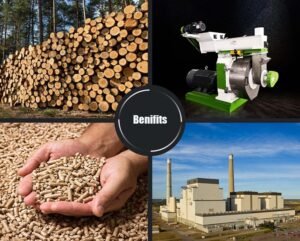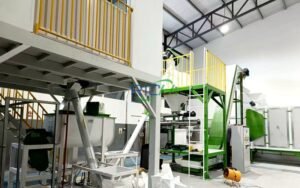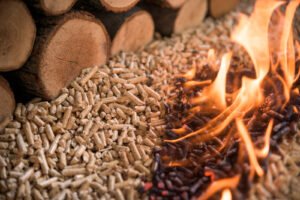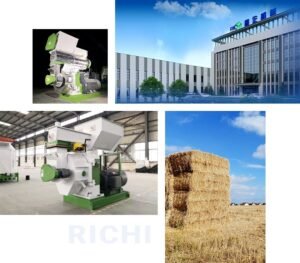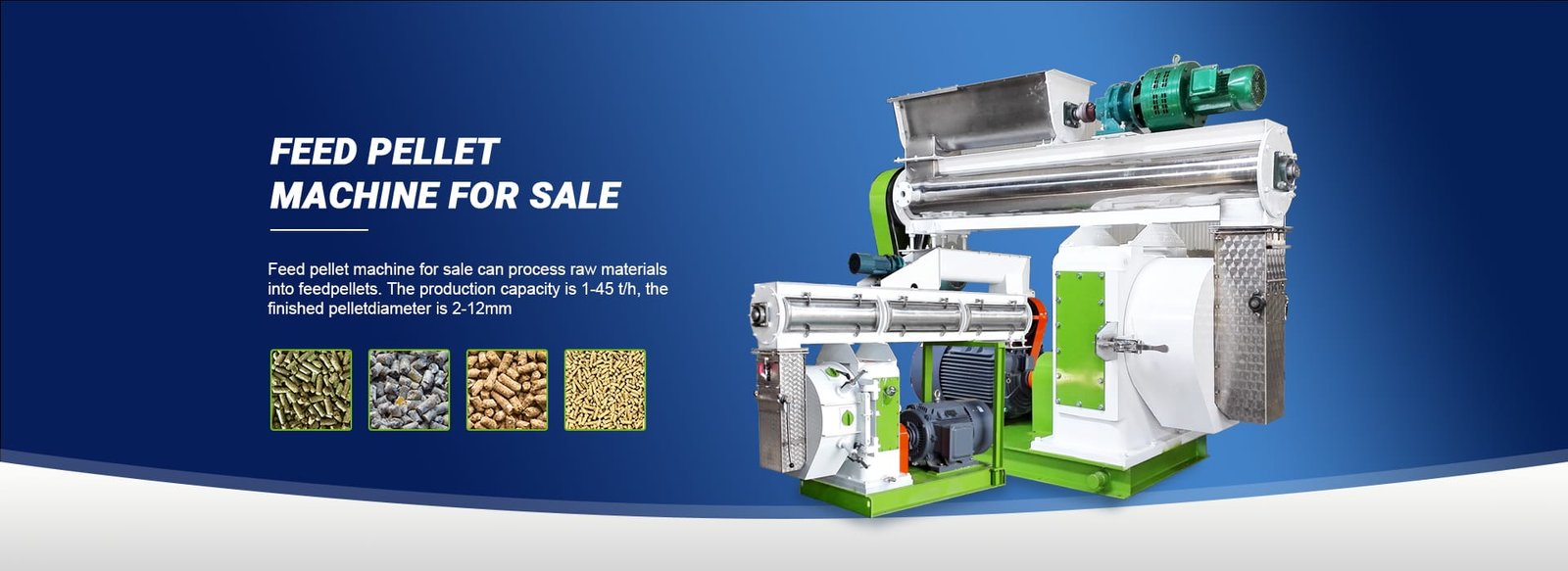
In the dynamic world of animal farming and livestock production, ensuring a consistent supply of high-quality and nutritionally balanced feed is paramount for maintaining the health, growth, and productivity of your animals. As operations scale up, the need for efficient and cost-effective feed production becomes increasingly crucial. Enter the 3-4t/h animal feed granulator, a specialized machine designed to transform loose feed ingredients into dense, granular particles, offering numerous advantages over traditional feed forms.
Choosing the right 3-4t/h animal feed granulator is a critical decision that can significantly impact the success and profitability of your operation. With a wide range of options available in the market, it’s essential to navigate the selection process carefully, considering your specific requirements, production goals, and long-term objectives. In this comprehensive guide, we’ll explore the key factors to consider when choosing a 3-4t/h animal feed granulator, ensuring you make an informed decision that aligns with your operational needs.
Assessing Your Production Requirements
Before delving into the selection process, it’s crucial to assess your production requirements and define your specific needs. Consider the following factors:
- Animal Species and Quantity: Determine the type and number of animals you plan to feed, as this will influence the required production capacity and feed formulation.
- Feed Formulation: Evaluate the specific nutritional requirements of your animals based on their species, age, and production stage (e.g., growth, reproduction, lactation).
- Feedstock Availability: Identify the locally available feedstocks, such as grains, oilseeds, and protein sources, that you plan to incorporate into your feed formulation.
- Production Volume: Estimate the desired daily or weekly production volume of animal feed granules based on your animal population and feeding requirements.
- Space and Infrastructure: Assess the available space and existing infrastructure at your facility to accommodate the granulator and any necessary auxiliary equipment.
Related post: https://www.richipelletmachine.com/animal-feed-pellet-press/
Key Factors to Consider When Choosing a 3-4t/h Animal Feed Granulator
Once you have a clear understanding of your production requirements, consider the following factors when evaluating potential 3-4t/h animal feed granulators:
- Production Capacity: Ensure that the granulator’s production capacity aligns with your desired output requirements, taking into account potential future growth or expansion plans.
- Feedstock Compatibility: Evaluate the granulator’s ability to handle the specific feedstocks you plan to use, considering factors such as moisture content, particle size, and density.
- Granule Quality and Specifications: Consider the desired granule quality and specifications, including size, density, moisture content, and durability, to meet the nutritional requirements of your animals.
- Energy Efficiency and Sustainability: Prioritize granulators that incorporate energy-efficient technologies and sustainable practices, such as waste heat recovery systems and renewable energy integration, contributing to long-term cost savings and environmental responsibility.
- Automation and Control Systems: Assess the level of automation and control systems offered by the granulator, as advanced features can improve process efficiency, consistency, and quality control.
- Maintenance and Support: Consider the manufacturer’s reputation for quality, after-sales support, and availability of spare parts and technical assistance, ensuring the longevity and optimal performance of the machine.
- Scalability and Flexibility: Evaluate the granulator’s scalability and flexibility to accommodate potential future growth or changes in your operation, such as the ability to upgrade components or expand capacity.
- Budget and Financing Options: Determine your budget for the 3-4t/h animal feed granulator and explore potential financing options, such as leasing or loans, to spread the investment over a longer period.
Sourcing and Purchasing Strategies
Once you have identified your requirements and evaluated potential granulators, it’s time to explore sourcing and purchasing strategies. Here are some options to consider:
- Manufacturers and Suppliers: Reach out directly to manufacturers and suppliers specializing in animal feed granulators. Many offer online catalogs, product demonstrations, and knowledgeable sales representatives to guide you through the selection process.
- Industry Events and Trade Shows: Attend industry events, trade shows, and exhibitions where manufacturers and suppliers showcase their latest products and technologies. This allows you to see the granulators in person, engage with experts, and potentially negotiate better deals.
- Equipment Brokers and Dealers: Consider working with reputable equipment brokers and dealers who specialize in sourcing and reselling industrial equipment, including animal feed granulators. They can leverage their networks and expertise to find the right machine for your needs.
- Used or Refurbished Options: Explore the possibility of purchasing used or refurbished 3-4t/h animal feed granulators, which can be a cost-effective alternative to new equipment. However, ensure thorough inspection and verification of the machine’s condition and performance.
Additional Considerations
When choosing a 3-4t/h animal feed granulator, it’s essential to consider the following additional factors:
- Installation and Training: Inquire about the manufacturer’s installation services and operator training programs to ensure proper setup and efficient operation of the granulator.
- Regulatory Compliance: Ensure that the granulator complies with relevant local and international regulations, standards, and certifications related to feed safety, quality, and environmental protection.
- Warranty and Guarantees: Review the manufacturer’s warranty and guarantee policies, as well as any extended coverage options, to protect your investment and ensure peace of mind.
- Ongoing Support and Maintenance: Evaluate the availability of technical support, spare parts, and maintenance services from the manufacturer or authorized service providers to minimize downtime and ensure optimal performance.
- Integration with Existing Systems: If applicable, assess the granulator’s compatibility and integration with your existing feed production systems, ensuring seamless operations and minimizing disruptions.
By carefully assessing your production requirements, considering the key factors, exploring sourcing options, and weighing additional considerations, you can make an informed decision when choosing a 3-4t/h animal feed granulator. This investment will not only contribute to the health and productivity of your animals but also support the growth and sustainability of your animal farming operation, positioning you for long-term success in the competitive livestock production industry.


